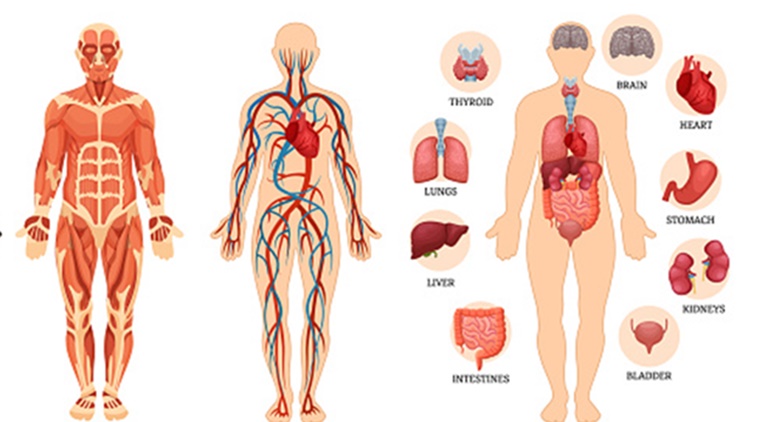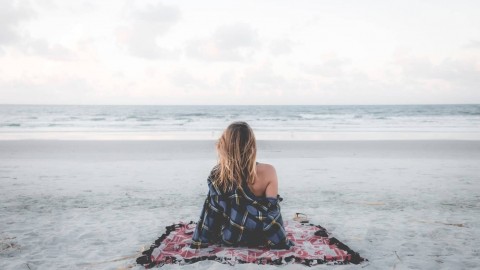Types and Usage
The human body is the structure of a human being. It is composed of many different types of cells that together create tissues and subsequently organ systems. They ensure homeostasis and the viability of the human body.
There are 11 main systems of the human body:
1. Circulatory system: Circulates blood around the body via the heart, arteries and veins, delivering oxygen and nutrients to organs and cells and carrying their waste products away.
Equalizes temperature in the body.
2. Digestive system: Mechanical and chemical processes that provide nutrients via the mouth, esophagus, stomach and intestines.
Eliminates waste from the body.
3. Endocrine system: Provides chemical communications within the body using hormones.
4. Integumentary system/ Exocrine system: Skin, hair, nails, sweat and other exocrine glands
5. Lymphatic system / Immune system: The system comprising a network of lymphatic vessels that carry a clear fluid called lymph.
Defends the body against pathogenic viruses that may endanger the body.
6. Muscular system: Enables the body to move using muscles.
7. Nervous system: Collects and processes information from the senses via nerves and the brain and tells the muscles to contract to cause physical actions.
8. Renal system / Urinary system/ Excretory system: The system where the kidneys filter blood.
9. Reproductive system: The sex organs required for the production of offspring.
10. Respiratory system: The lungs and the trachea that bring air into and out of the body.
11. Skeletal system: Bones supporting the body and its organs.











